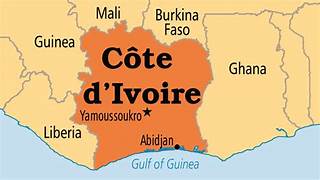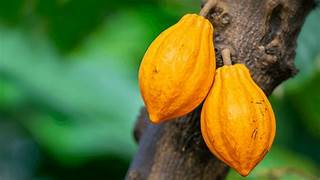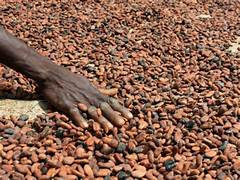IVORY COAST
|
THE COUNTRY OF COCOA Côte d’Ivoire and Ghana, the world’s largest cocoa producers, account for two-thirds of global cocoa production. In both countries, cocoa is the main perennial crop, providing income to nearly two million farmers. Yet, accurate maps of cocoa area are lacking, preventing accurate quantification of protected area expansion, production, and yields, and limiting the information available for improved sustainable governance. Here, we combine cocoa farm data with publicly available satellite imagery in a deep learning framework and create high-resolution, in situ-validated cocoa farm maps for both countries. Our results suggest that cocoa cultivation is an underlying driver of over 37% of forest loss in protected areas in Côte d’Ivoire and over 13% in Ghana, and that official reports significantly underestimate the area planted (by up to 40% in Ghana). These maps are a critical component in advancing our understanding of conservation and economic development in cocoa-growing regions. |
ABIDJAN is the most populous city in Côte d’Ivoire2. It was the administrative and political capital of the country until 1983, when the capital was de jure transferred to Yamoussoukron 1. Since 2011, it has become an "autonomous district" of 2,119 km2 which includes the ten communes of the former city of Abidjan (422 km2) and four peripheral sub-prefectures that were once rural but have now been taken over by Abidjan's urban sprawl. The Ivorian economic capital, the city has 5,616,633 inhabitants in the 422 km2 of the former city of Abidjan, and 6,321,017 inhabitants in the 2,119 km2 of the autonomous district of Abidjan according to the 2021 census1, or 21.5% of the country's population, and is estimated to represent 60% of the country's gross domestic product3.
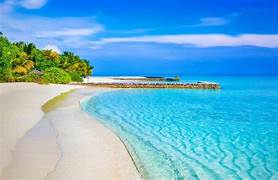
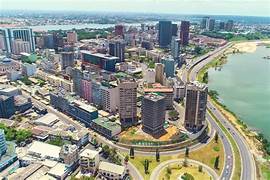
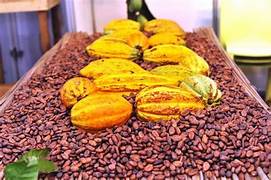
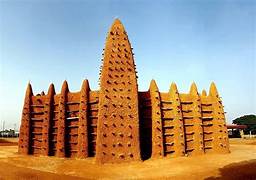
CULINARY
- Le Food Court,d’Abidjan Mall
- Le supermarché d’Abidjan Mall
- Le domaine de Bini
- Le Zoo National
- Le grand marché de Treichville
- La forêt du banco
- La cathédrale Saint Paul du plateau
- Le plateau
- Le jardin botanique de Bingerville
- Le musée des civilisations

- THE ELEPHANT HAMED
VISIT ABIDJAN
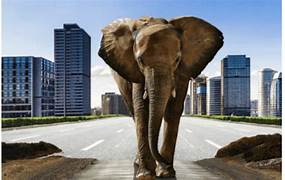 Ahmed was born around 1919. He became well known to conservationists and locals for his majestic appearance and imposing demeanor. He conveyed something special, even mystical, that attracted those around him. Unfortunately, this notoriety also raised concerns about his survival in the face of poaching exacerbated by the lust for ivory.
Ahmed was born around 1919. He became well known to conservationists and locals for his majestic appearance and imposing demeanor. He conveyed something special, even mystical, that attracted those around him. Unfortunately, this notoriety also raised concerns about his survival in the face of poaching exacerbated by the lust for ivory.


